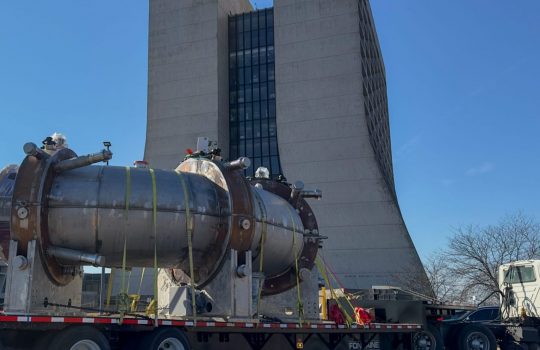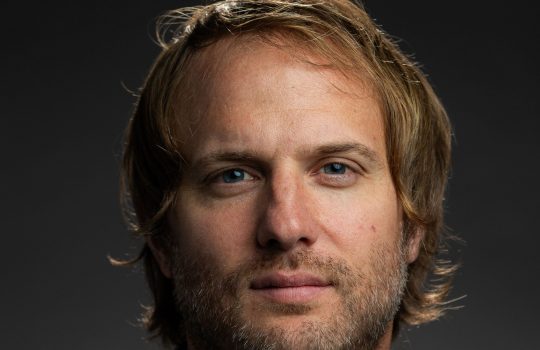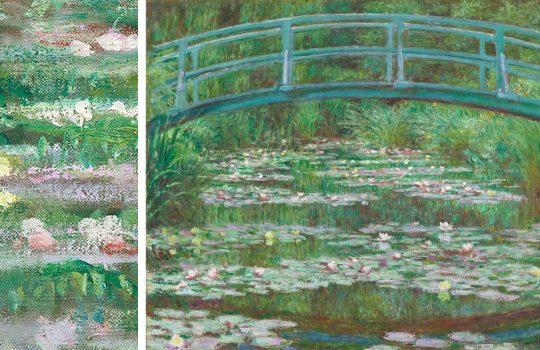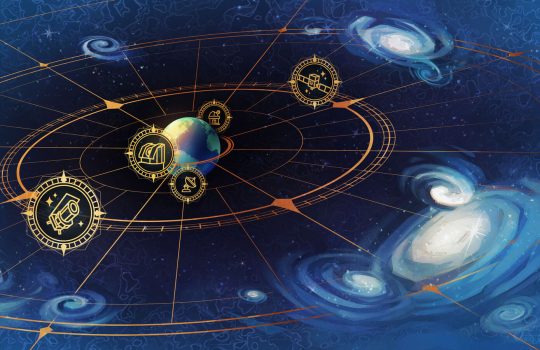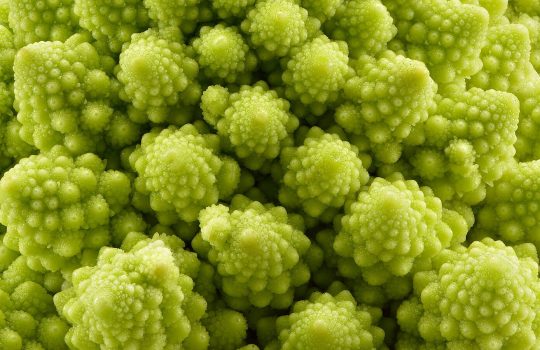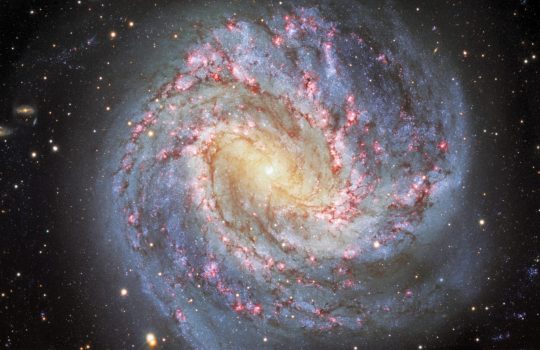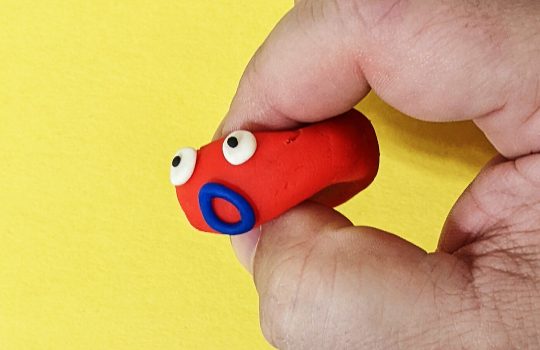Ten ways Fermilab advanced science and technology in 2024
In 2024, Fermilab made significant scientific progress, including advancing preparations for the Deep Underground Neutrino Experiment and conducting groundbreaking quantum research. The laboratory also continued its strong international collaborations — including involvement with the CMS experiment at CERN — and made strides in developing emerging technologies with wide applications beyond physics.

